Time: 2025-07-31 08:03:36 Source: Henan Province Jianyun Cable Co., Ltd.
Solar photovoltaic (PV) cables are critical components in PV systems, requiring rigorous certification to ensure safety, performance, and durability in harsh outdoor environments. Certification standards such as IEC, TUV, and CCC provide frameworks for evaluating solar cables’ electrical, mechanical, and environmental properties. This guide explains these standards, their requirements, and their significance for selecting reliable solar cables, presented in a formal and structured manner.
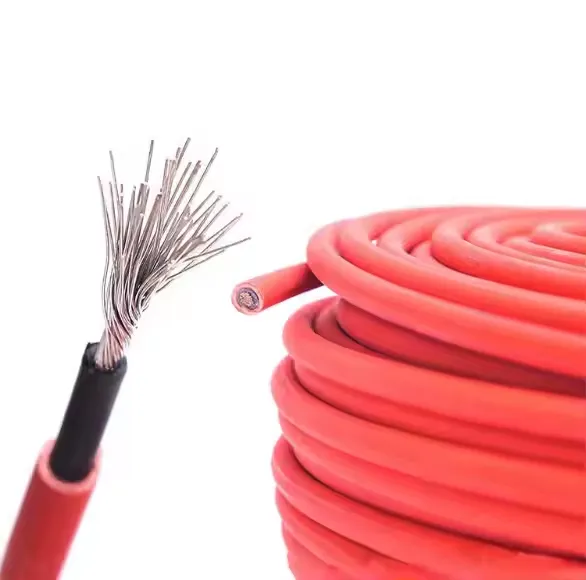
Solar cables, typically single-core with tinned copper conductors and XLPE insulation, are designed for DC applications in PV systems, connecting panels to inverters or combiner boxes. Certifications ensure these cables meet stringent requirements for voltage ratings (up to 1.5 kV DC), temperature tolerance (-40°C to 90°C), UV resistance, and flame retardancy. The International Electrotechnical Commission (IEC), Technischer Überwachungsverein (TUV), and China Compulsory Certification (CCC) are key standards ensuring cables perform reliably in diverse environmental conditions for 25–30 years.
The IEC develops globally recognized standards for electrical equipment, including solar cables. The primary standard for solar PV cables is:
| Aspect | IEC 62930 Requirements |
|---|---|
| Voltage Rating | Up to 1.5 kV DC |
| Temperature Range | -40°C to 90°C (120°C short-term) |
| Materials | Tinned copper, XLPE insulation |
| Testing | UV, thermal, flame, mechanical |
TUV is a German certification body that tests and certifies solar cables for performance and safety, widely recognized in Europe and globally.
| Aspect | TUV Requirements |
|---|---|
| Voltage Rating | 1.0–1.5 kV DC |
| Temperature Range | -40°C to 90°C |
| Materials | Halogen-free, XLPE, tinned copper |
| Testing | UV, thermal, water, flexibility |
The China Compulsory Certification (CCC) is mandatory for electrical products sold or used in China, including solar cables.
| Aspect | CCC Requirements |
|---|---|
| Voltage Rating | 1.0–1.5 kV DC |
| Temperature Range | -40°C to 90°C |
| Materials | Tinned copper, halogen-free insulation |
| Testing | Electrical, flame, environmental |
| Feature | IEC 62930 | TUV (2 PfG 1169) | CCC |
|---|---|---|---|
| Voltage Rating | Up to 1.5 kV DC | 1.0–1.5 kV DC | 1.0–1.5 kV DC |
| Temperature Range | -40°C to 90°C | -40°C to 90°C | -40°C to 90°C |
| Geographic Scope | Global | Europe, global | China |
| Key Focus | Global interoperability | High-quality assurance | Chinese market compliance |
| Testing Rigor | Comprehensive (UV, thermal, mechanical) | Rigorous (UV, ozone, flexibility) | Tailored to Chinese regulations |
| Applications | All PV systems | Commercial, utility-scale | Chinese PV projects |
When selecting certified solar cables, consider the following:
IEC, TUV, and CCC certifications ensure solar PV cables meet stringent safety, performance, and durability requirements for PV systems. IEC 62930 provides a global standard for interoperability, TUV certification emphasizes high-quality assurance for demanding markets, and CCC ensures compliance in China. By understanding these standards and aligning cable selection with project requirements, environmental conditions, and regional regulations, installers can procure reliable cables that ensure safe and efficient PV system operation for 25–30 years.
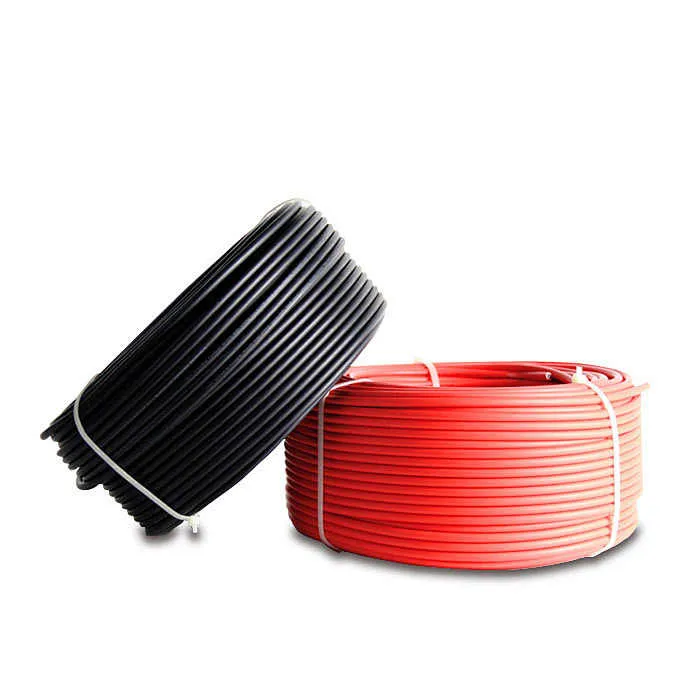
RPVU90 Photovoltaic Wire XLPE Type PV 2000V Series Solar DC AC Cable with CUL Ce
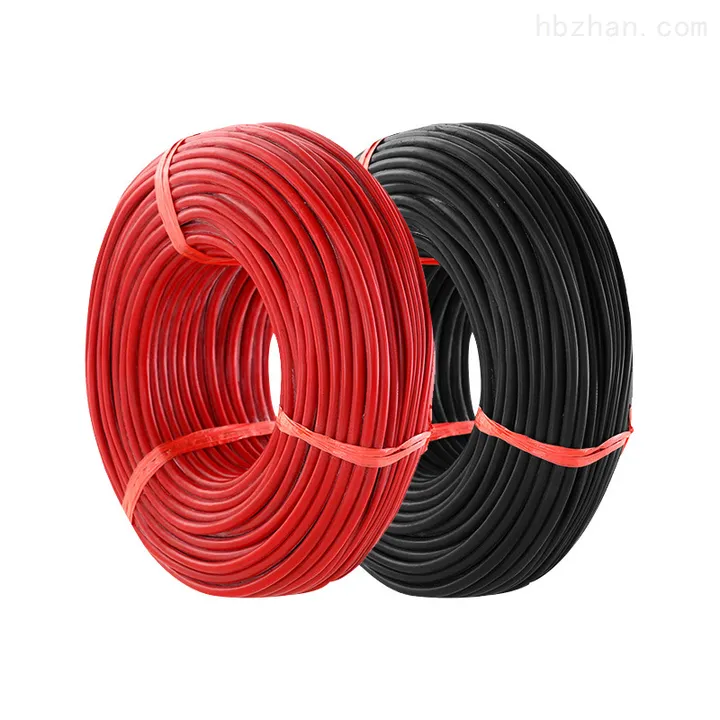
Twin Core PV Solar Cable 2x4mm2 TUV EN50618 TUV IEC62930 Solar Panel Wire
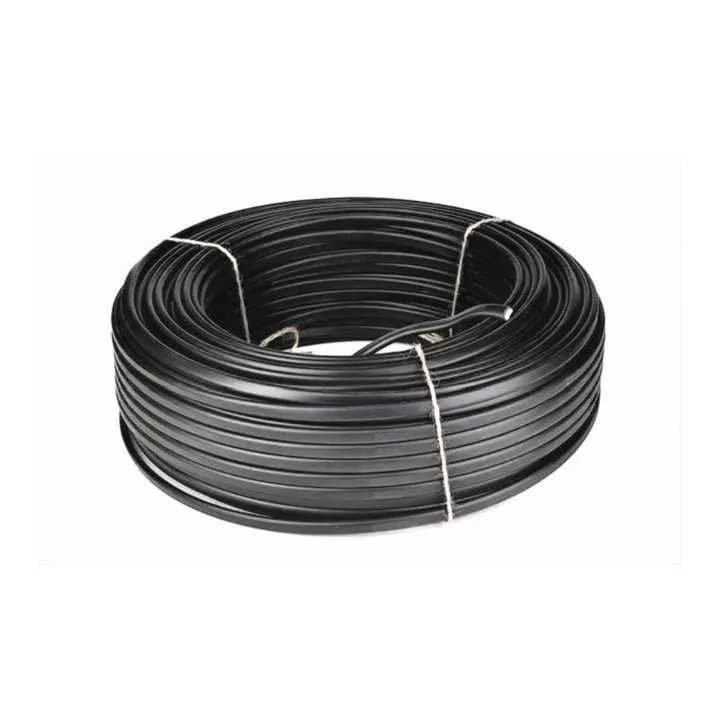
Low Volta DC 1.5kv 1.5mm2 2.5mm2 4mm2 6mm2 XLPE/XLPO Insulated Tinned Copper PV1
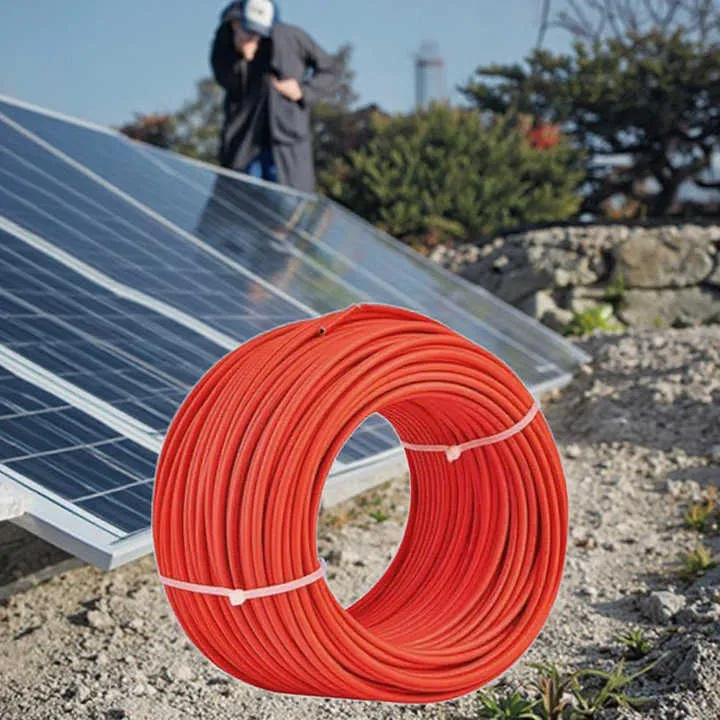
High Efficiency Tinned Copper Conductor XLPO Insulation Single Core PV Wire Sola